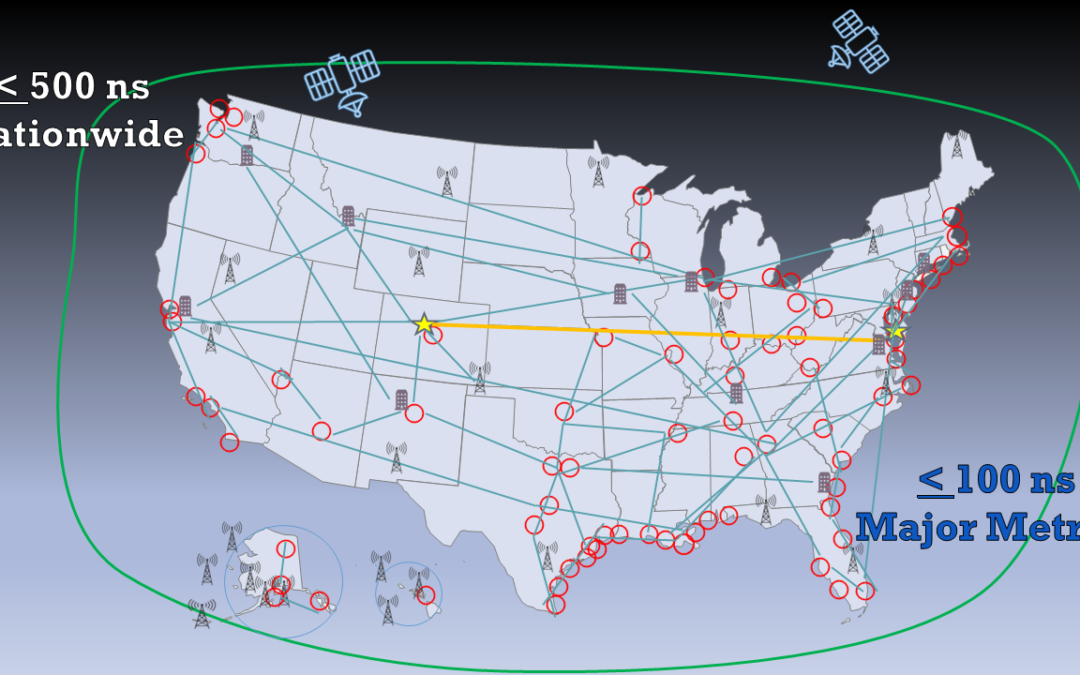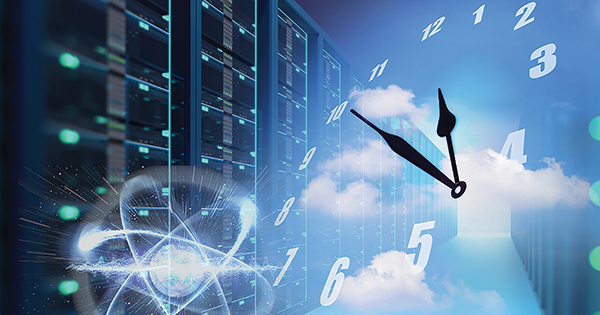Image: RNT Foundation
Blog Editor’s Note: An interesting article by David Chandler from corporate member Microchip.
We were struck by his mention of the need for simultaneity across the nation. This very much aligns with our 2020 paper “A Resilient National Timing Architecture.”
Our paper envisions the suites of atomic clocks maintained by national labs as key nodes. Though any suite of clocks attuned to the “national heartbeat” can and will help with that.
The key is articulating and instantiating a coherent architecture that is truly resilient and self reinforcing. We are not sure that will happen organically. it will take a modicum of leadership and coordination by a party for whom the national interest is foremost.

The role of atomic clocks in data centers
How the atom went from data’s worst enemy to its best friend
By David Chandler, product marketing manager, Frequency and Timing Systems business unit, Microchip Technology
Timing from atomic clocks is now an integral part of data-center operations. The atomic clock time transmitted via Global Position System (GPS) and other Global Navigation Satellite System (GNSS) networks is synchronizing servers across the globe, and atomic clocks are deployed in individual data centers to preserve synchronization when the transmitted time is not available.
This high level of synchronization is vital to ensure the zettabytes of data collected around the globe every year can be meaningfully stored and used in many applications, whether due to system requirements or to ensure regulatory compliance. The quantum nature of an atom enables the precision time and is a critical part of ensuring that more data at faster speeds will be processed in the future — ironic, as just a few years ago the quantum nature of the atom was seen as the ultimate death of this increase in data processing and speed.



